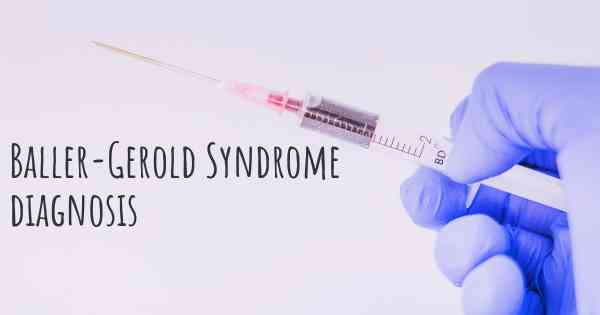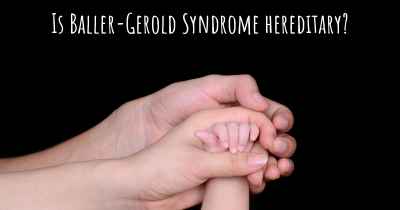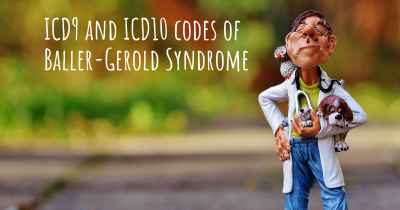How is Baller-Gerold Syndrome diagnosed?
See how Baller-Gerold Syndrome is diagnosed. Which specialists are essential to meet, what tests are needed and other useful information for the diagnosis of Baller-Gerold Syndrome

Baller-Gerold Syndrome is a rare genetic disorder characterized by the fusion of certain bones in the skull and abnormalities in the upper limbs. Diagnosing this syndrome involves a comprehensive evaluation of the individual's medical history, physical examination, and specialized tests.
Medical history: The healthcare provider will gather information about the patient's symptoms, family history, and any previous medical conditions. This helps in identifying patterns and ruling out other potential causes.
Physical examination: A thorough physical examination is conducted to assess the individual's overall health and look for specific physical features associated with Baller-Gerold Syndrome. These may include craniosynostosis (premature fusion of skull bones), facial abnormalities, and limb malformations.
Specialized tests: Several tests may be recommended to confirm the diagnosis and evaluate the extent of the syndrome:
- Genetic testing: This involves analyzing the individual's DNA to identify any genetic mutations or abnormalities. In Baller-Gerold Syndrome, mutations in the RECQL4 gene are often responsible.
- Imaging studies: X-rays, CT scans, or MRI scans may be performed to visualize the bones, joints, and other affected areas. These imaging techniques help in identifying craniosynostosis, skeletal abnormalities, and any other associated anomalies.
- Other evaluations: Additional assessments may be conducted to evaluate the individual's hearing, vision, and cardiac function, as certain complications can be associated with Baller-Gerold Syndrome.
It is important to note that diagnosing Baller-Gerold Syndrome can be challenging due to its rarity and overlapping features with other genetic disorders. Therefore, a multidisciplinary approach involving geneticists, pediatricians, orthopedic specialists, and other healthcare professionals is often necessary to reach an accurate diagnosis.








